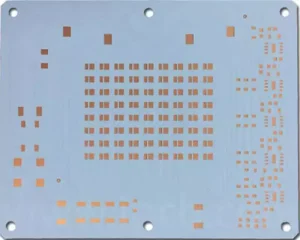
The Structure and Advantages of High-Conductivity Aluminium Substrate
Ultra-high thermal conductivity aluminium substrate is a novel circuit board that achieves exceptional thermal performance by replacing the resin insulating layer within existing metal aluminium-based circuit board structures with a
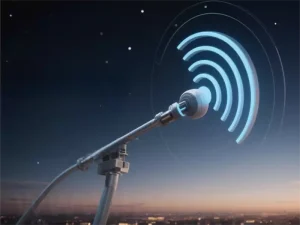
What is 5G millimetre wave and Interconnect Design Optimisation Strategies
What is 5G millimetre wave? 5G millimetre wave, also known as the millimetre wave band, refers to the spectrum segment with wavelengths between 1mm and 10mm, corresponding to frequencies ranging
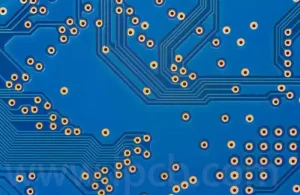
The Effects and Optimisation of Thermal Stress in PCB substrate
Thermal stress refers to the mechanical stress arising from uneven thermal expansion or contraction within materials during temperature changes. Within the PCB substrate sector, thermal stress primarily originates from the
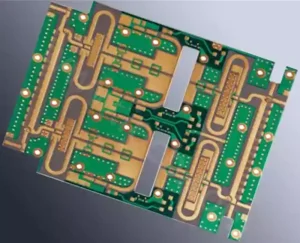
Rogers PCB Soldering Guide
Rogers PCB materials, owing to their unique properties, have become a critical choice in the manufacture of high-frequency electronic equipment. They find extensive application in wireless communication systems, satellite communication
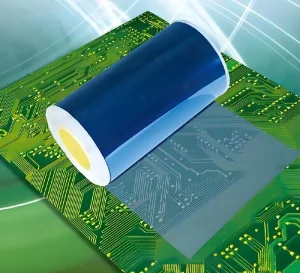
Dry Film Solder Mask in PCB Manufacturing
Introduction and Background In the printed circuit board (PCB) manufacturing process, solder mask is a crucial step. It’s more than just a protective coating; it’s a key factor affecting soldering
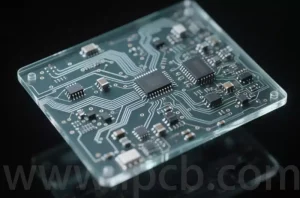
Technologies and Prospects for Glass Substrates in Chip Packaging
Chip packaging technology constitutes a critical component within the semiconductor industry, directly influencing the performance, reliability, and lifespan of electronic devices. In recent years, as electronic products have evolved towards
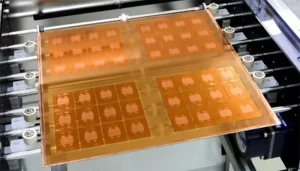
Through Glass Via Process Steps and Advantages
TGV (Through Glass Via) technology evolved from 2.5D/3D integrated TSV interposer technology. Since its inception in 2008, it has focused on overcoming the dielectric loss bottleneck in high-frequency, high-speed signal
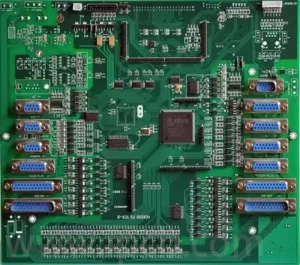
Key Factors Affecting PCBA Processing Costs and Quotation Efficiency
PCBA processing costs encompass multiple stages including PCB manufacturing, component procurement, SMT placement, DIP insertion, and testing/validation. Quotation efficiency is influenced by factors such as design file completeness, supply chain
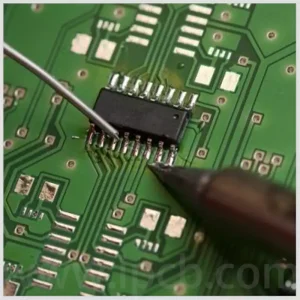
Detection and Prevention of Cold Solder Joints in PCB Board
Cold solder joints refer to instances during the soldering process where an inadequate metallic bond forms between the solder and the workpiece. While appearing connected, such joints exhibit poor contact,
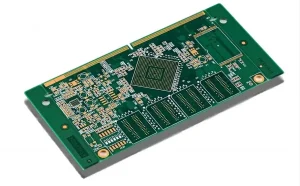
Special Rogers HDI PCB Board Design and Applications
Introduction and Background Amid the rapid development of today’s high-speed digital and radio frequency electronics industries, circuit board materials and structural design are becoming crucial for corporate competitiveness. While traditional

Principles and Applications of Microwave Radio Frequency Technology
Microwave radio frequency technology refers to techniques utilising radio waves within the frequency range of 300MHz to 300GHz for information transmission, processing, or application. Radio frequency (RF) typically denotes electromagnetic

Characteristics and Applications of Microwave RF PCB
Microwave RF PCB refers to microwave components manufactured using conventional rigid PCB fabrication methods on specific microwave-grade copper-clad laminates. In printed circuit board wiring for high-speed signal transmission lines, products
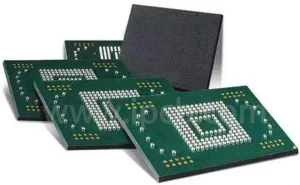
PCB Design and Material Selection for 4D Millimeter-Wave Radar
4D millimeter-wave radar represents an upgrade from conventional millimetre-wave radar, with “4D” denoting four dimensions: velocity, distance, horizontal angle, and vertical height. Compared to conventional 3D millimeter-wave radar, 4D millimetre-wave
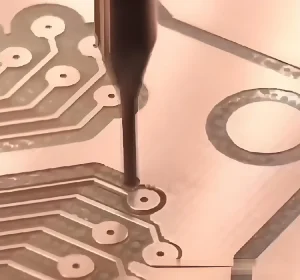
Milling PCB Board Precision Processing and Applications
Introduction and Clarification In the electronics manufacturing industry, printed circuit boards (PCBs) are fabricated using a variety of methods. Milling, as a key process, is gaining increasing attention from companies
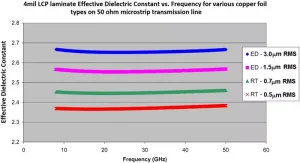
Key Performance Characteristics of PCB Materials for 77GHz Automotive Radar
The significance of high-frequency PCB materials in 77 GHz automotive radar applications. Within the high-frequency spectrum, although numerous novel PCB materials have been developed, not all are suitable for such
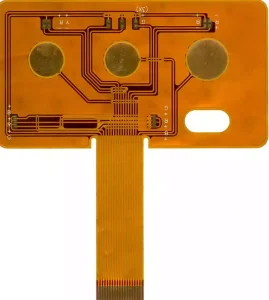
Differences in Layout and Routing for Single- and Double-Sided Flexible Printed Circuit Boards
Flexible printed circuit boards (FPCs), serving as core components for interconnecting electronic devices, have their layer count design directly impacting product performance, cost, and application scenarios. Based on the number
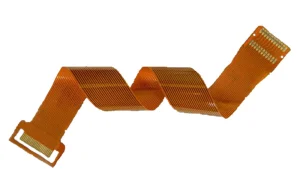
Features and Advantages of Flexible LED Strip Lights
Flexible LED strip lights, also known as flexible ribbon lights, utilise FPC as the substrate circuit board and are assembled with surface-mount LEDs, resulting in a product thickness of merely
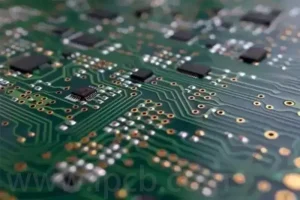
High Frequency PCB Design and Manufacturing Challenges and Solutions
With the rapid proliferation of electronic products and the swift advancement of technology, demand for high-frequency, high-speed printed circuit boards continues to grow. High frequency PCB plays a pivotal role
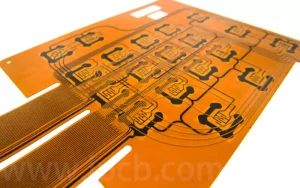
Manufacturing Techniques And Challenges For Multilayer Flex PCB
Multilayer flex pcb is formed by laminating three or more layers of single-sided or double-sided flexible circuit boards together. Through-holes are created via drilling and plating, establishing conductive pathways between
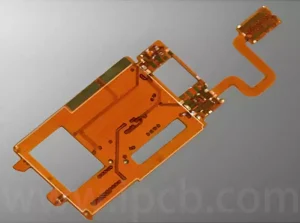
Applications and Technical Challenges of Flexible PCB Assembly
Flexible PCB assembly refers to circuit boards manufactured using flexible substrates, offering superior bendability and adaptability compared to traditional rigid PCBs. Flexible PCB assembly enables higher-density routing, saving space and
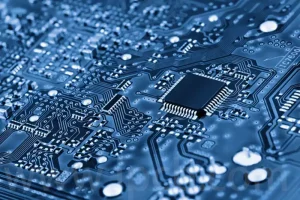
The Application of Photoresist in Electronics Manufacturing
Photoresist, also known as photo-resistive material, refers to an etch-resistant thin-film material whose solubility changes upon exposure to ultraviolet light, electron beams, ion beams, X-rays, or other forms of radiation.
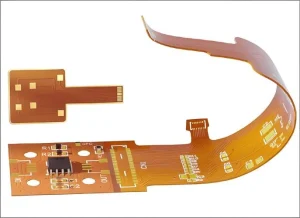
Flex PCB Prototype Design Verification and Future Directions
Overview and Basic Concepts of Flex PCB Prototypes In modern electronics design and manufacturing, flex PCB prototypes (flexible printed circuit board prototypes) have become an essential component of innovative product
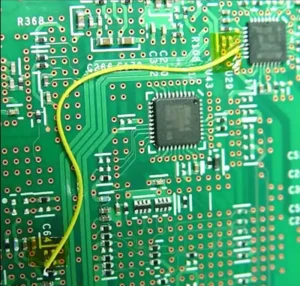
Key Considerations for Fabricating PCB Jumper
PCB jumper refers to spaces reserved on a printed circuit board for connecting circuits, achieved by adding conductive wires and connectors. They serve a broad purpose in circuit design, effectively
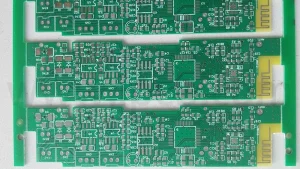
Distinction between Lead-Free and Leaded Hot Air Reflow Processes for PCB Circuit Boards
The surface treatment process of PCB circuit boards is crucial to their performance and environmental credentials. Among these, the tin-plating process is widely favoured for its cost-effectiveness and solderability. Tin-plating